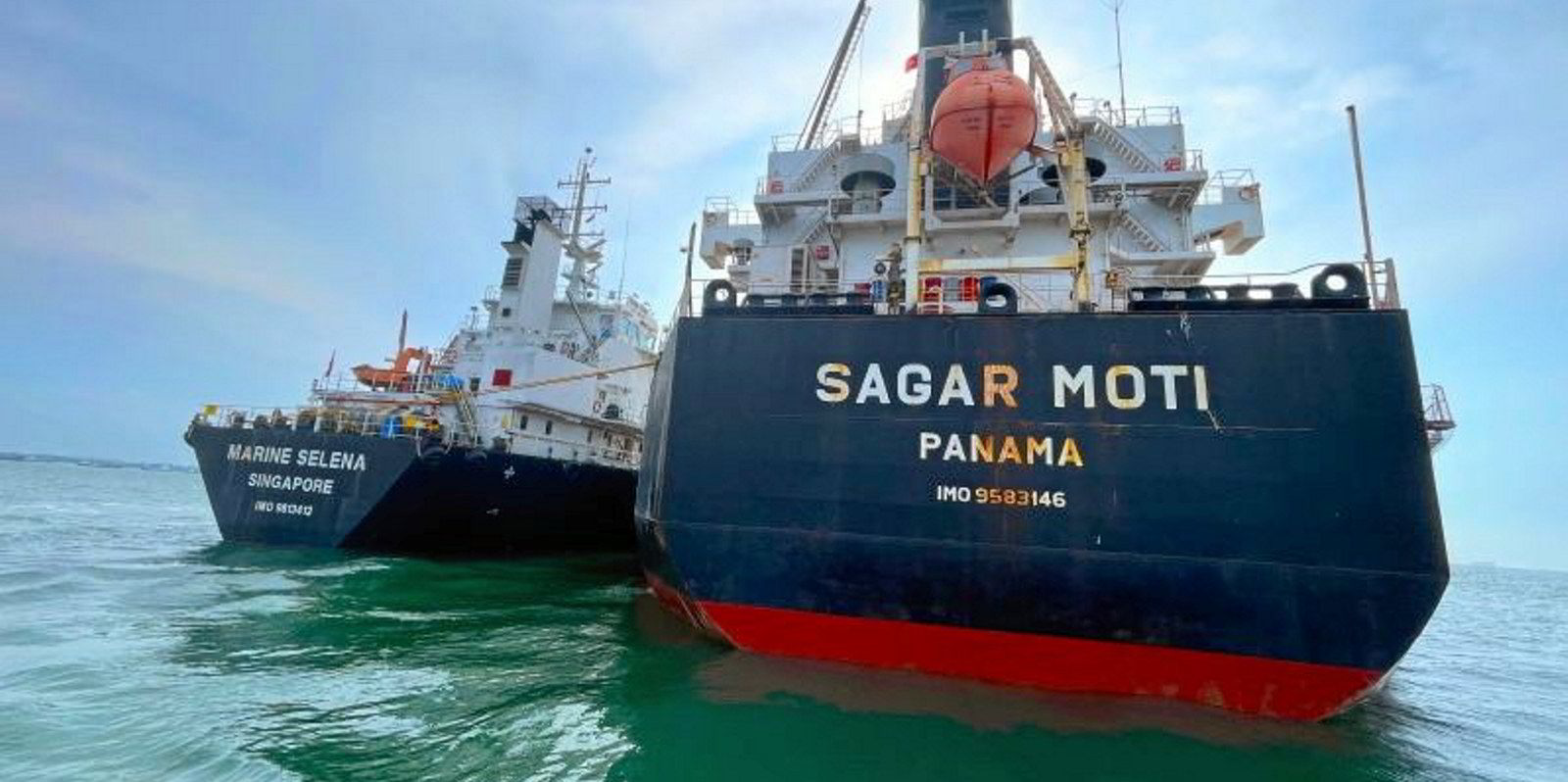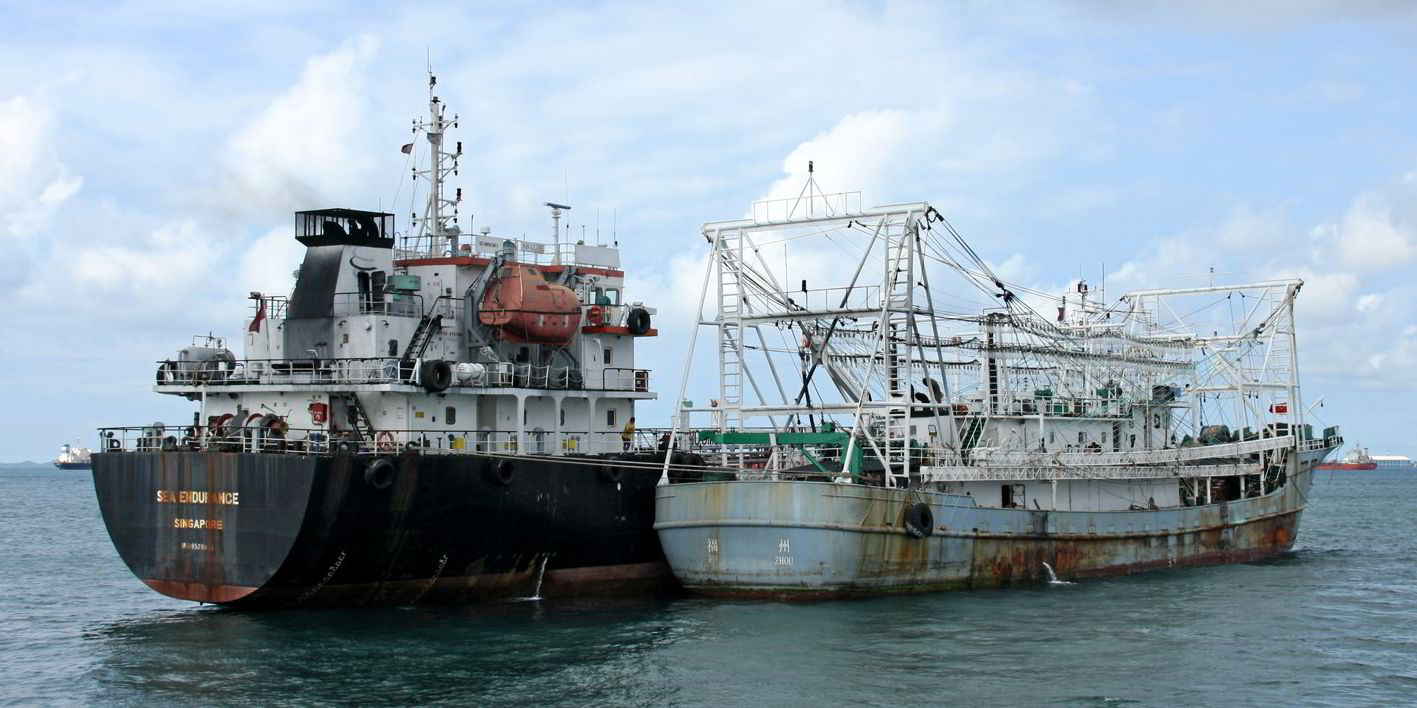Singapore is selling record volumes of bunkers, but the long-term trend for the fuel oil trade remains one of decline, says Poten & Partners.
Not only is Singapore the largest bunker port in the world, it has also been the largest importer of fuel oil, according to the US shipbroker.
In recent months, it has posted several records, with the Maritime and Port Authority last week reporting the best February ever for bunker sales.
This followed record months in December 2023 and January 2024, when sales were up 19.7% and 12.7% year on year, respectively.
“Bunker brokers have indicated that the uncertainty around the Red Sea situation from November 2023 onwards was likely an important driver of this,” said Poten.
“Shipowners headed west may have filled up their vessels with bunkers in Singapore, just in case they would need to make the longer trip around the Cape of Good Hope, rather than take the shortcut through the Suez Canal.”
Poten says the trade flow disruptions as a result of Russia’s invasion of Ukraine, as well as the challenges at the Panama Canal, have contributed to more tonne-mile demand and fuel consumption.
This increased demand for bunkers, in combination with other factors, caused the International Energy Agency to revise its oil demand growth forecast in its March Oil Market Report.
It raised global demand growth for 2024 to 1.3m barrels per day, up by 110,000 bpd compared with the previous month’s report.
However, although recent developments support fuel oil demand, Poten expects the long-term trends towards lower demand for heavy fuel oil and very low-sulphur fuel oil to re-emerge.
“Modern ships that replace older vessels are much more fuel efficient, and environmental regulations will force shipping to shift to cleaner alternative fuels,” it said.
The geopolitical conflicts will ultimately be resolved, normalising trade flows, and the use of fuel oil in power generation will continue to decline, Poten added.
Hapag-Lloyd chief executive Rolf Habben Jansen said last week that the shipowner is looking at a return to Red Sea transits by the end of the second quarter of this year.
Demand for fuel oil was already under pressure since the significant events of 2020, including the tighter regulations on bunker sulphur specifications from the International Maritime Organization.
“The aforementioned change in bunker fuel regulations by the IMO caused a significant portion of the seagoing commercial fleet to shift from high-sulphur fuel oil to VLSFO,” said Poten.
The other significant development in 2020 was the Covid-19 pandemic, which reduced the seaborne trade in fuel oil by about 20% almost overnight due to the decline in global economic activity.
Poten said the fuel oil trade had “recovered somewhat” but is still far from pre-Covid levels.
“The market share of HSFO, which was about 80% pre-IMO 2020 and dropped to 50% during the summer of 2020, has now stabilised at around 65%,” it added.





